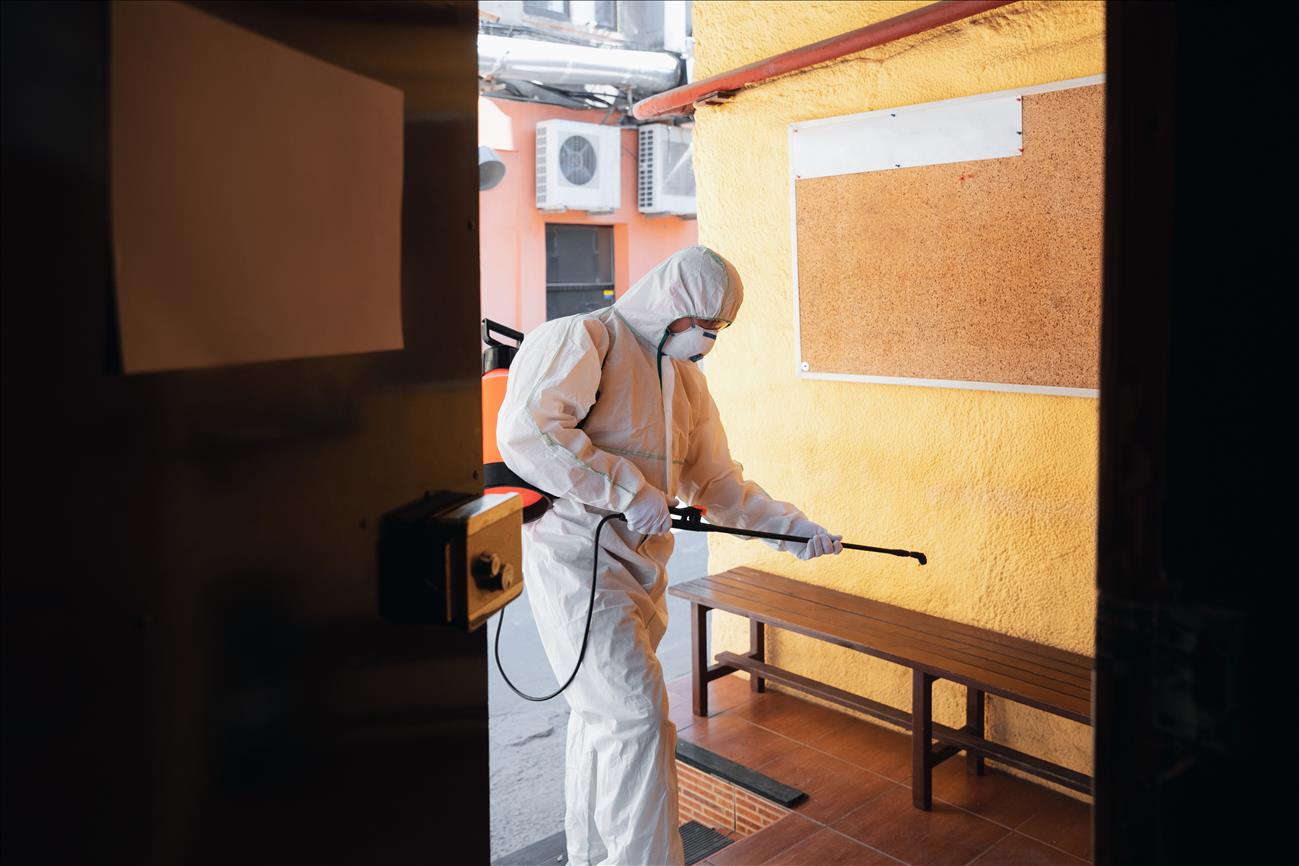How to Spot, Identify, and Eliminate Mold in Your Home


Mold in your home is more than a pretty eyesore. This can be bad for your health or damage your property. Mold will quickly spread and grow if left unchecked and to a large area of your house. The bad news is that you can see, identify, and get rid of it. And with a little know-how and a little effort, you can. This article will show you how to take on mold head-on, safely and effectively.
Recognizing the Signs of Mold
It's not to say it's always visible, just knowing what you're looking for. The commonest sign of mold is a musty, damp smell. Even if you are, you may or may not be carrying this odor with you, but if you are, you are most likely in a basement, a bathroom, or some other poorly ventilated area.
Get checked out further if you can smell a musty odor that hangs around. Another sign of mold is discoloration. That's when you might see black, green, or even white spots appearing on walls, ceilings, or floors. Mold can also be seen as stains or patches on your walls, especially in areas of moisture such as around sinks, bathtubs, or windows. It could sometimes even seem like dirt or soot, but unlike dust, it won't just wipe away.
Identifying the Type of Mold
Not all mold is the same. Mold can grow in your home and can be categorized into several types with distinctive characteristics and risk levels. For example, black mold is known for its possibly toxic effects on contact and should thus be handled with care. This type of mold is usually dark green or black and can spew harmful mycotoxins into the air.
Green mold is common in decaying food, but it can also grow in damp places in the home. Less toxic than black mold, it's still a health risk. On the flip side of that, white mold also looks lighter than other molds and can occur on organic surfaces like wood or drywall and not be seen. If you're not sure if you're dealing with one type of mold or another, it may be wise to get in touch with a professional.
Steps to Safely Remove Mold
If you've noticed mold on your home, you need to get it out now. The faster you react, the less damage you will have and less chance of growing. Though mold is something that can be wiped away, it isn't as easy as that. You have to get rid of it in a very careful way or you can end up with a mold invasion. But you can do it yourself for short areas of mold, like on bathroom walls or around windows. Mix a solution of water and the mildest detergent.
Scrub gently the affected area with a sponge, wearing gloves and a face mask to avoid bringing spores to your face. After cleaning, dry it out thoroughly all the way, as retained moisture will only encourage the mold to grow. While the mold has only penetrated porous surfaces, such as drywall, it may take a more aggressive approach.
Professional Mold Remediation
If the mold is large and/or in areas that are hard to reach, it's probably best to get it done by a professional. Professional mold remediation services are experienced at removing the mold thoroughly and not spreading spores throughout your home. If you live in regions that are known for high humidity, such as coastal regions or places where older buildings reside, there's a high chance mold is also more common.
Hiring a service that provides mold remediation in Los Angeles or your area can offer specialized services tailored to the environmental conditions that can increase mold growth. Hidden mold is particularly difficult to find, and professionals have the tools and expertise to find it, like within walls and under flooring. In addition, they can also supply you with preventive measures to help you avoid having mold in your home.
Conclusion
Mold in your home is a very serious problem, but it is one you can take care of if you know what you're doing. First, identify the signs, identify the kind of mold that you're dealing with, and when you should tackle it yourself or not. If you go the DIY route or decide to hire a professional to do mold remediation, the key is to do something quick and stop mold in its tracks.
By taking these steps, you are more than protecting your home from damage; you are also creating a healthier environment for yourself and your family. Don't let mold make you a victim; be proactive, control moisture levels, and pay attention if mold comes back. Following these steps will ensure you have a safer, mold-free home.
